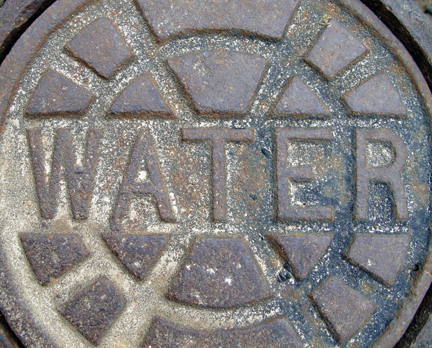
Drinking water has evolved in three major shifts – or revolutions – over the past 2,000 years. Each of these revolutions either made water vastly more available or potable for a large number of people.
In his book, Water 4.0: The Past, Present, and Future of the World’s Most Vital Resource, David Sedlak discusses the three water revolutions of the past 2,000 years as well as the next one – Water 4.0 – that needs to happen for the sake of societal health and safety.
The author explains that today, “continued population growth and climate change stretch the ability of urban water systems to meet our needs.” The process of devising and financing a solution will be anything but east, but Sedlak is confident there is a way.
In today’s post, we’ll discuss Sedlak’s 3 water revolutions as well as the one we need to start planning for today.
Water 1.0
The Romans are known for a number of astonishing accomplishments, but one we don’t often hear about (maybe because it’s not sexy enough for a Hollywood blockbuster) is how the behemoth ancient civilization managed to provide anywhere from 500,000 to 1 million people with drinking water.
Ingenious Roman engineers devised a system of gravity-harnessing aqueducts to bring water into the city from surrounding rural areas. Not only did they build this solution to solve the issue of water shortage, but the Romans also built a sophisticated sewer system to handle runoff. This revolution paved the way for the expansion of civilization over the next 1,900 years.
Water 2.0
The boom of the Industrial Revolution at the end of the 19th century saw the emergence of water wheels and steam engines. This led to toilets and the vast amount of waste created as a result. Rather than disposing of waste in the fields, urban toilets sent human waste down the sewers, from where it entered bodies of water and traveled downstream to some less fortunate communities.
The corresponding rise in typhoid fever and cholera necessitated the need for another water revolution. This time, the engineers behind water’s advancement were from MIT. They formulated a system of filtering with sand, which surprisingly eliminated most disease from drinking water. Similar improvements used chlorine to further disinfect the water. Water 2.0 was born, effectively increasing the average American lifespan by 15 years.
Water 3.0
While the second water revolution allowed for drinking water to be treated, there still was not a widely available technology for treating wastewater. Thus, industrial centers and large municipalities simply disposed of sewage in rivers and lakes. Waterfront cities such as New York, Cleveland and Chicago reeked and fish died at an alarming rate.
In an ultimately successful effort to curb the expansion of water pollution across the country, the federal government passed the Clean Water Act in 1972. This landmark legislation allocated federal funds toward the construction of sewage treatment plants. Water 3.0 saved the health of The Great Lakes and numerous other bodies of water across the country.
Water 4.0?
Sedlak explains that we are now in need of a 4th water revolution, one that is likely going to be more complicated – and more expensive – than its precedents.
Many of the water utilities constructed 40-50 years ago are aged significantly. As with many societal problems, the roadblock in front of water reconstruction is cost. The growth of population has led to a consequential strain on water systems built for far fewer people.
In the Northeast, many cities have experienced raw sewage overflows when snow or rain fills treatment plants to their limits. The Southwest is experiencing a problem on the other side of the spectrum; areas such as Arizona and California are suffering from drought and water shortages.
The problem for both regions is that climate change models suggest that the areas experiencing overflow will only get wetter and the drought-stricken regions will only get drier.
Three areas in which Water 4.0 has already begun to take form are desalination, water recycling and decentralization.
Desalination – the process of treating seawater to make it potable – will be a significant, but not nearly a majority of San Diego’s water (7%) starting next year. Water recycling, in which wastewater is either treated to drinking water standards or at least to a level that it can be used for watering crops, is also popular in Southern California. Decentralization likely will be a prevalent technology across the country, especially given the amount of Americans living in suburbs. This practice would involve the construction of smaller water treatment facilities outside of the large ones in city centers.
Sedlak says that Water 4.0 will happen one way or another, the only question is whether we will be proactive in preparing our water systems. The sad truth is that more often, civilizations wait for catastrophe to allocate the necessary funds for water system improvements.


